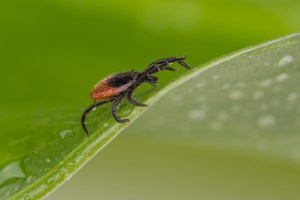Dissecting the power of a historic vaccine
Last month, the public health community marked one of the most significant biomedical milestones in the fight against malaria in nearly half a century: European regulators authorized the world’s most advanced malaria vaccine candidate — more than three decades in the making — and paved the way for subsequent review by the World Health Organization. Now, as this historic vaccine, known as RTS,S/AS01 (RTS,S), prepares for its next major step, critical new insights into how it fends off malaria are coming to light.
In a technological tour de force, an international research team has harnessed sophisticated molecular tools and analysis methods to probe the underlying biology of RTS,S, helping to explain how it protects against a disease that kills roughly half a million people each year, mostly infants and young children in Africa. The work, led by the Harvard T. H. Chan School of Public Health, the Broad Institute, the Fred Hutchinson Cancer Research Center, the University of Washington, and other leading institutions, was published online October 21, 2015 in the The New England Journal of Medicine. Read the article.
“Through this broad, multinational collaboration, we have brought the power of genomic tools to bear on a disease that poses one of the most significant threats to global public health,” said senior author Dyann Wirth, the Richard Pearson Strong Professor of Infectious Diseases and chair of the Department of Immunology and Infectious Diseases at the Harvard T. H. Chan School of Public Health.




